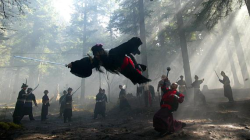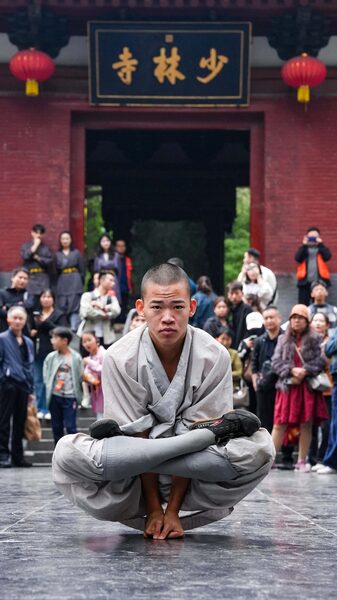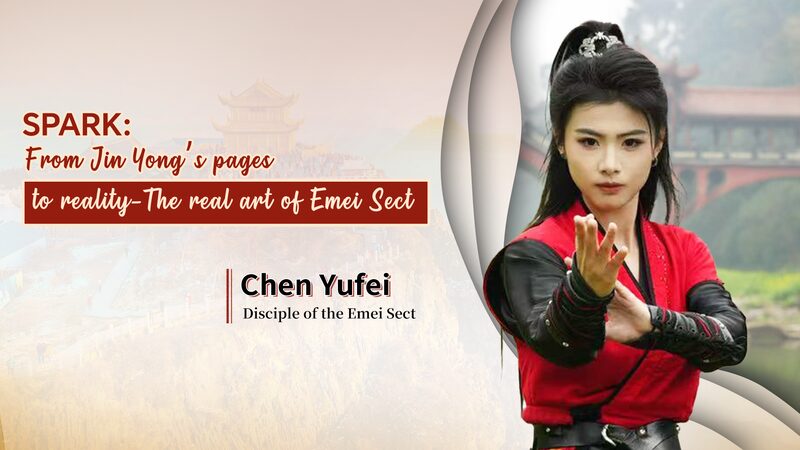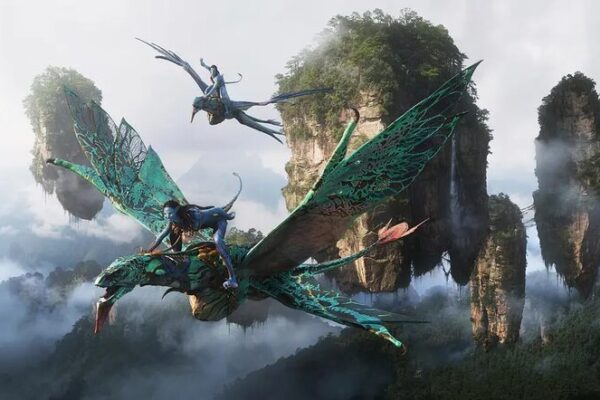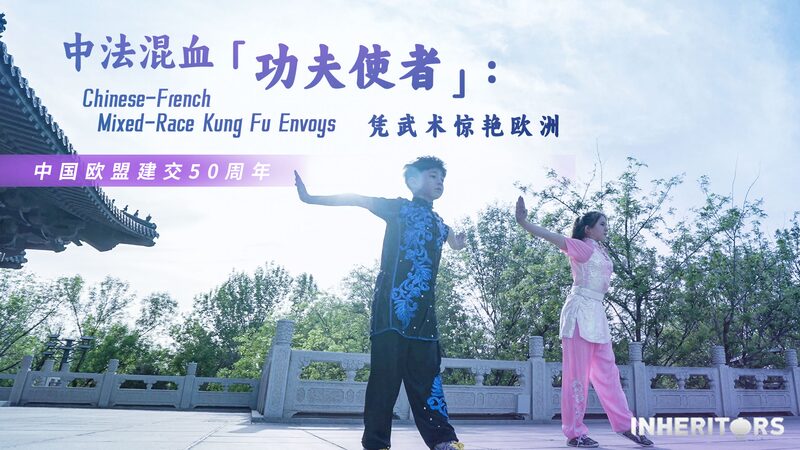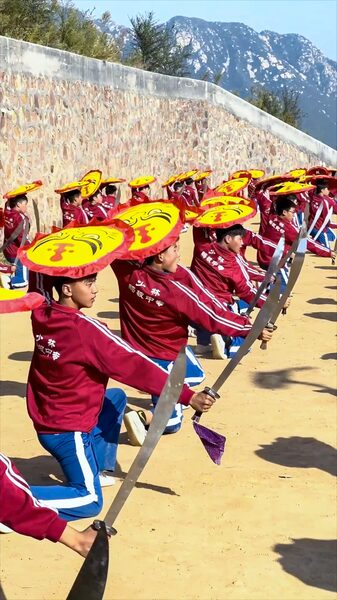How Kung Fu Masters Learned to Fly: The Magic of Wuxia
Did you ever watch a martial arts movie and wonder how those kung fu masters seem to defy gravity, gliding through the air with effortless grace? This captivating phenomenon isn’t just a product of Hollywood magic; it springs from the rich and mystical world of wuxia, a genre deeply rooted in Chinese culture.
The Birth of the Xia
The term wuxia is a blend of two words: wu, meaning martial arts, and xia, referring to a chivalrous hero or knight-errant. The concept of the xia dates back over two millennia. Chinese historian Sima Qian, who lived during the Han Dynasty, chronicled tales of these heroes in his Records of the Grand Historian. They were individuals who, driven by a strong sense of justice, often operated outside the law to help those in need.
Poetry in Motion
Fast forward to the Tang Dynasty (618-907), and the xia became a popular subject in poetry. Renowned poet Li Bai depicted them as solitary figures with unmatched prowess. One of his poems illustrates a swordsman so swift that “the slain has barely touched the dust, while the swordsman is already ten steps away.” Such vivid imagery planted the seeds for the gravity-defying feats we’ve come to associate with wuxia heroes.
From Prose to Page-Turners
As literature evolved, so did the portrayal of the xia. During the Ming Dynasty (1368-1644), full-length novels began to feature detailed combat scenes. The heroes’ abilities became more exaggerated, with descriptions of them leaping over tall walls or vanishing into thin air. These stories didn’t just entertain; they reflected a longing for individual freedom and justice.
The Power of Qi
A pivotal element in wuxia is the concept of qi—the inner energy that flows through all living things. According to Taoist philosophy, qi can be harnessed to achieve extraordinary feats. In wuxia narratives, masters who cultivate their qi can perform incredible acts, such as soaring through the skies or defeating opponents without physical contact. This merging of spiritual and physical mastery adds a layer of mysticism to the genre.
Wuxia Takes to the Silver Screen
The 20th century saw wuxia transition from paper to film. Early movies embraced the fantastical elements of the genre, using wirework to bring flying heroes to life. One of the first successful wuxia films was “The Burning of the Red Lotus Temple” in 1928, captivating audiences with its innovative action sequences.
Modern Revival and Global Appeal
After periods of decline, wuxia experienced a resurgence, particularly in the 1950s and beyond, with writers like Jin Yong and Liang Yusheng reinvigorating the genre. Their stories were rich in character development and historical settings, and many were adapted into films and television series. Icons like Bruce Lee introduced martial arts to international audiences, albeit focusing more on realistic combat than on the flying aspect of wuxia.
Today, wuxia continues to enchant audiences worldwide. Films like “Crouching Tiger, Hidden Dragon” and series like “The Untamed” showcase the beauty and depth of the genre, blending high-flying action with profound storytelling.
Why We Love Flying Heroes
So, why do these soaring martial artists captivate us? Perhaps it’s the embodiment of ultimate freedom—the ability to break free from earthly constraints and pursue justice without limits. In a world that often feels restrictive, the flying heroes of wuxia offer a glimpse into a realm where balance, harmony, and righteousness prevail.
Reference(s):
cgtn.com
